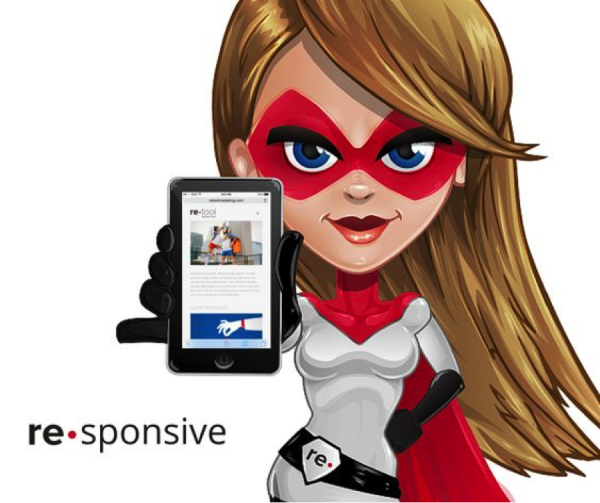The pinch and the zoom, you know it even if you haven’t heard it, the action with your thumb and index fingers when manipulating a website on your smart phone or tablet that was not optimized for mobile.
The need for companies to optimize their websites for mobile has never been greater. A mobile responsive website is a significantly more efficient and cost-effective solution that seamlessly caters to both mobile and desktop users. The reality is that there is an increasing number of users searching the Internet and accessing websites via mobile devices and these users expect an optimal viewing experience.
Studies have shown that people will jump ship almost immediately if they find a site hard to use, even if they know with certainty that site has the information they are looking for. Therefore, responsive web design allows you to take this experience into consideration, offering up what they are looking for in the best possible way regardless of certain variables like device. Responsive web design also streamlines the development process, allowing you to account for users on various devices without needing to design dozens of versions of the same pages to keep up.
In fact, it is wise to adopt a “mobile first” mentality when designing your website. Having to accommodate the smaller screen real estate will force you to get to the essence of the content or the desired user experience and will improve your design overall.
If your user loads your site on a desktop, your site looks great. If they then switch over to their iPhone, the same concept holds true. You only have to do the designing one time and the underlying technology essentially takes care of the rest. Responsive web design has grown to be so accurate that it can even account for differences in smartphone types.
Responsive design ensures your visitors can easily and intuitively navigate your website regardless of the device they choose. The more accessible your content is across a multitude of devices, the more likely the user will stay engaged with your message and brand, which can lead to higher conversion rates. It puts the user experience front and center, allowing people to view and digest your content exactly how they want it, whenever they want it.
The world has gone mobile. Have you?

